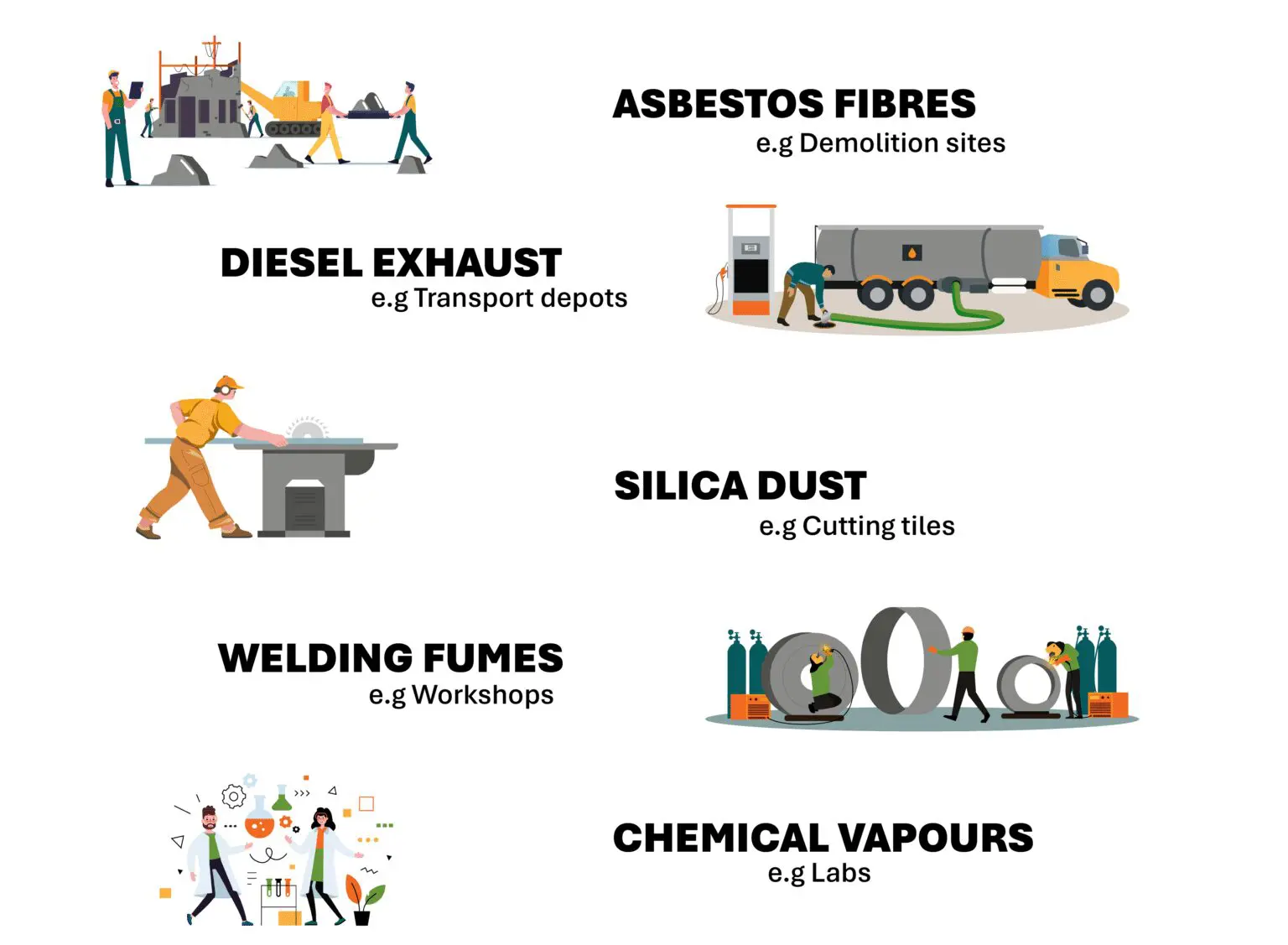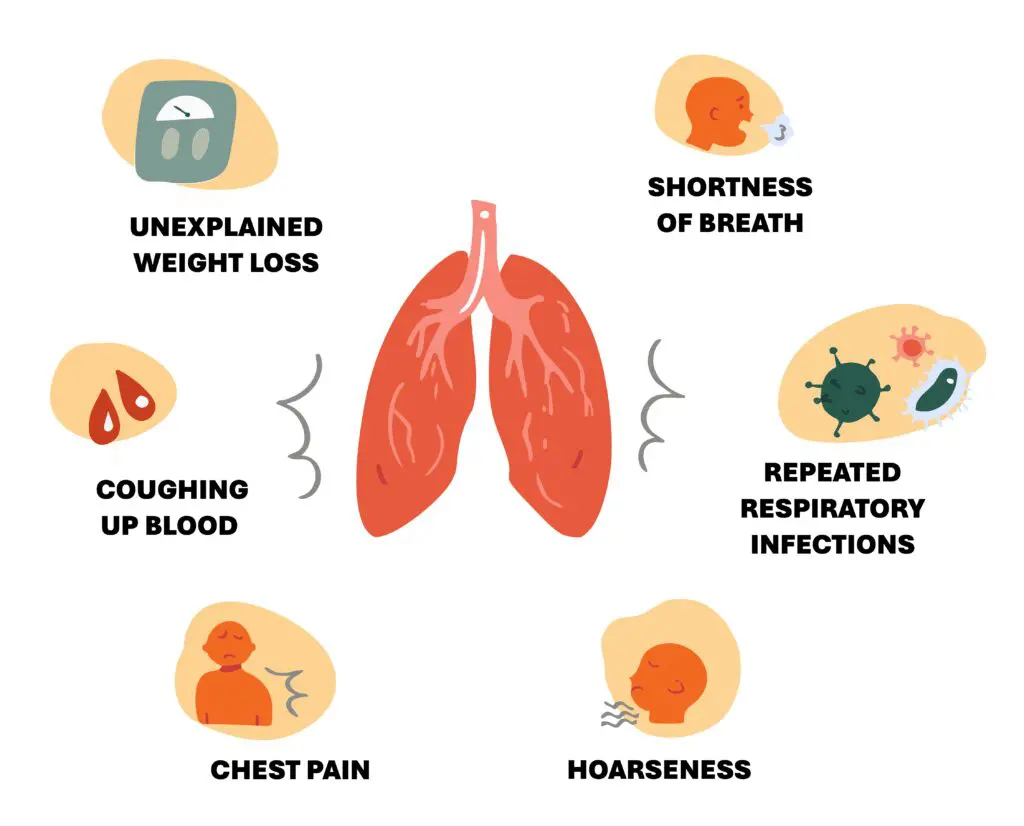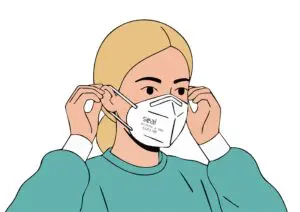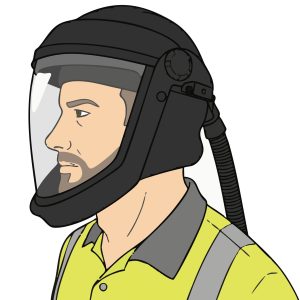Lung cancer remains one of the leading causes of cancer-related death worldwide. While smoking is the most widely recognised risk factor, occupational exposure to dust, fumes, and hazardous substances contributes significantly to lung disease.
Workplaces that involve construction, engineering, manufacturing, welding, and chemical handling are particularly at risk. For employers, raising awareness and taking preventive measures is both a legal responsibility and a moral obligation to safeguard employees’ long-term health.
What hazards could you be exposed to?
Many airborne hazards are present in workplaces. Depending on the workplace, employees can be exposed to different hazards.

Check for warning signs
Early detection of lung disease significantly improves outcomes. Employers should promote awareness of common symptoms among staff.
Common Symptons

Best practices to apply to the workplace to reduce risks
How can PWS help?

Disposables Respirators
Ideal for short duration tasks with inhalation risks such as dusts, welding fumes and airborne particles.
Powered Air Purifying Respirators
Ideal when workers have facial hair, are working for a long duration and in strenuous environments.

Proper use of PPE goes hand-in-hand with education. Workers must be trained to recognise hazards, select the right equipment, perform correct donning and doffing procedures, and maintain their RPE effectively. Refresher sessions, toolbox talks, and clear written guidance reinforce safe practices and ensure that protective measures become second nature rather than optional extras. Documentation of fit-tests, filter changes, and training sessions not only supports compliance with health and safety regulations but also demonstrates a company’s commitment to the welfare of its employees.
Protecting workers’ lungs is about more than compliance; it is about creating a culture of care, awareness, and responsibility. Awareness initiatives, robust controls, and properly implemented PPE programs save lives, reduce the incidence of occupational disease, and contribute to safer, healthier, and more productive workplaces. Lung Cancer Awareness Month serves as a timely reminder that prevention starts today and with the right knowledge, guidance, and equipment, employers can take meaningful steps to protect the most valuable asset in their organisation: their people.
Sources:
World Health Organization (WHO). Cancer Fact Sheet – Lung Cancer. 2024.
Health and Safety Executive (HSE). Work-Related Lung Disease Statistics in Great Britain 2023.
International Agency for Research on Cancer (IARC). Monographs on the Identification of Carcinogenic Hazards to Humans. 2022.
Cancer Research UK. Lung Cancer Statistics and Awareness. 2024.
Health and Safety Executive (HSE). INDG479: Fit Testing of Respiratory Protective Equipment Facepieces. 2019.
British Occupational Hygiene Society (BOHS). Guidance on the Selection, Use and Maintenance of Respiratory Protective Equipment. 2023.
